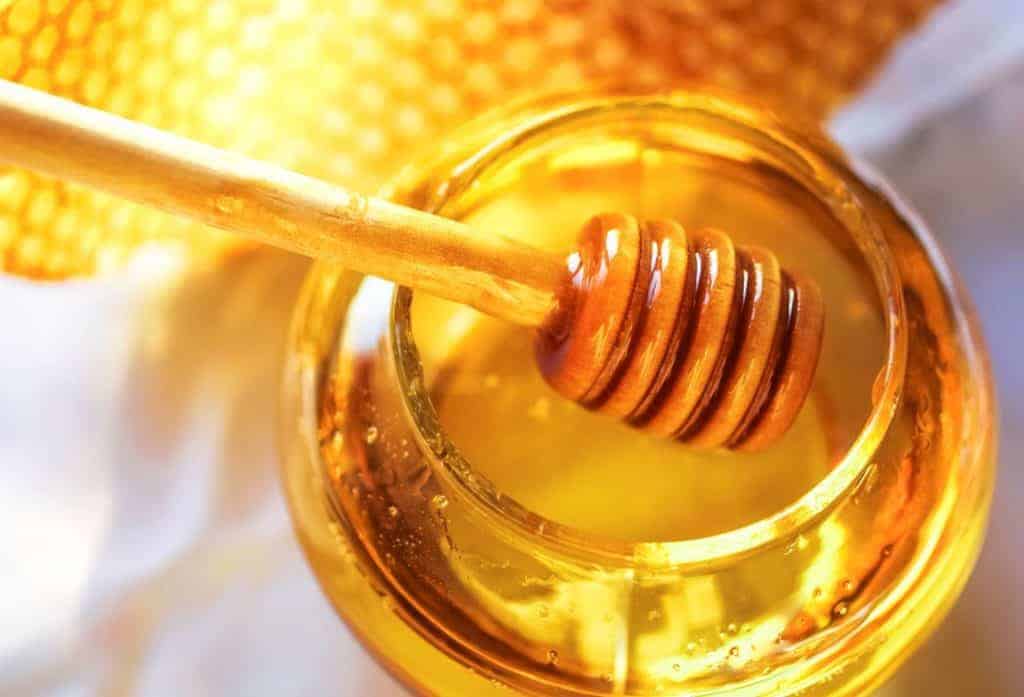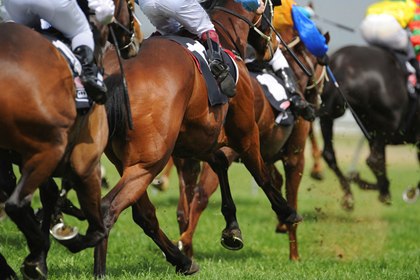
Medical-Grade Honey Creates ‘Sweet’ Buzz for Preventing Incisional Complications In Horses
Using the natural antimicrobial prophylactically offers another line of defense against incisional infection in horses undergoing colic surgery.

Using the natural antimicrobial prophylactically offers another line of defense against incisional infection in horses undergoing colic surgery.

Research topics include nocardioform placentitis, bisphosphonates, exertional rhabdomyolysis, stem cells, equine asthma, and more.

Digital flexor tendon sheath pathology can be difficult to diagnose and treat successfully. Here’s a look at Dr. Florent David’s approach, which he presented at the 2019 NEAEP Symposium.

A veterinarian describes conventional and alternative therapies for helping tendons and ligaments heal.

Dr. Karen Waite shares her personal experience with serious injuries caused by ice and how to prevent them.

When the going gets muddy, the muddy get hoof problems. Here’s what to watch for in your horses.

As concerns over antibiotic resistance grow, equine veterinarians look for ways to treat wounds without reaching for these powerful drugs. Here are some of their options.

The secret to better equine wound healing might have been with us all along, thanks to bees.

Rabies is a concern when horses are bitten by unknown animals. Find out how to protect your horse.

Before you load your horse into a trailer, you might wrap him head-to-toes to protect him. But the most important thing you can do to help him travel unscathed? Drive safely, researchers say.

We asked Prof. Tim Parkin about the data the Equine Injury Database collects on catastrophic racing injuries and how the industry could make it even stronger and more useful.

Researchers recently found that, despite what can be an arduous first year of transition, healthwise, owners are overwhelmingly very satisfied with their horses and most said they’d buy an OTTB again.

Address the entire horse, not just the injury, when bringing a patient back to work, veterinarians say.

Take a look at how adding studs to horseshoes can help horses navigate less-than-ideal footing.

When riding your horse in the woods or the wilderness, things can go wrong–and usually when least expected. Here are some possible predicaments you might face while out on the trail.

Researchers confirmed that a technique called acoustic myography could be useful for evaluating suspensory ligament function, which could mean more straightforward diagnoses, treatment recommendations, and monitoring of these injuries as they heal.
Stay on top of the most recent Horse Health news with
"*" indicates required fields